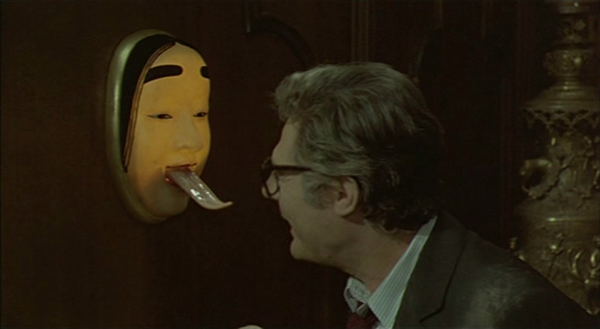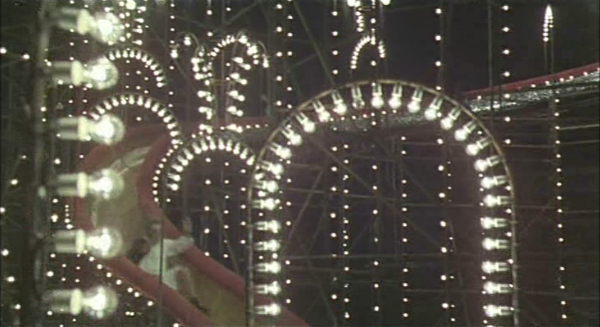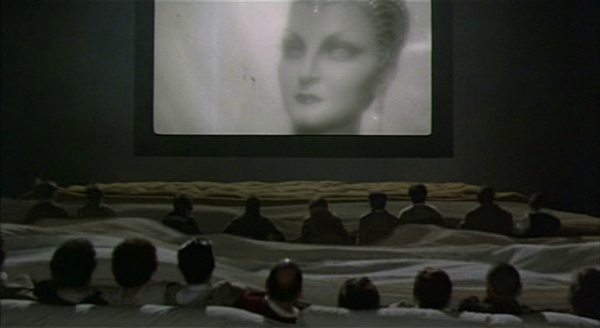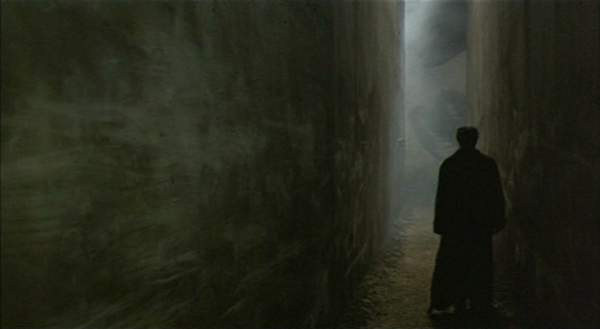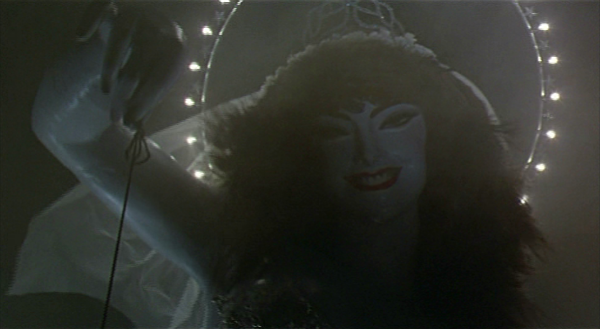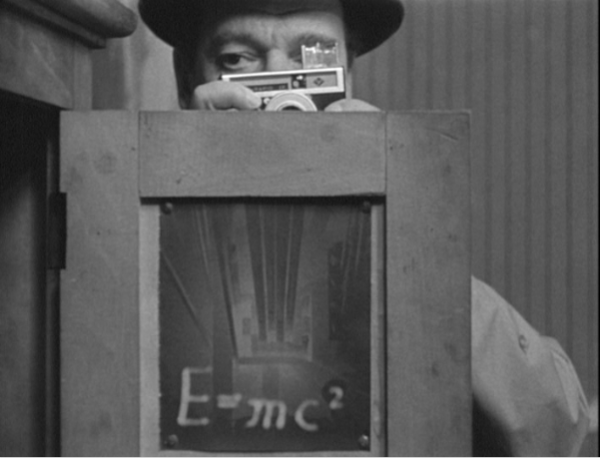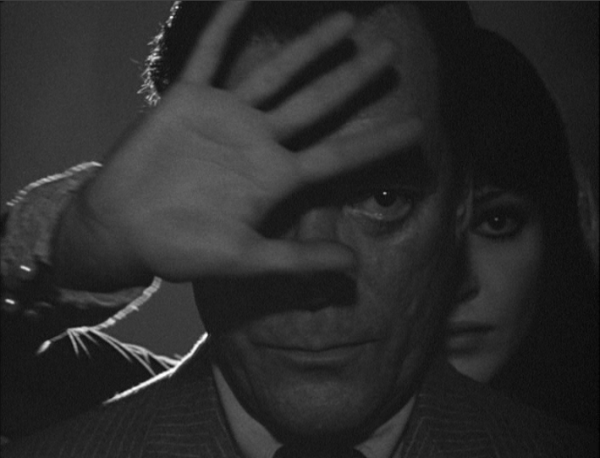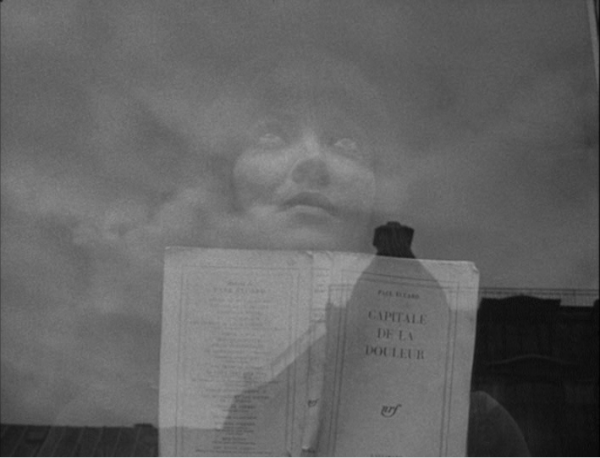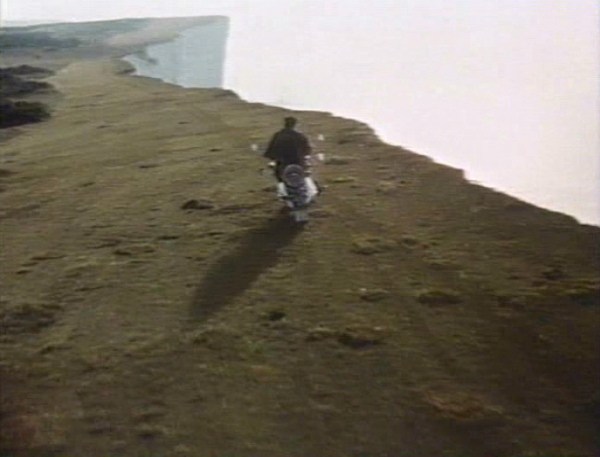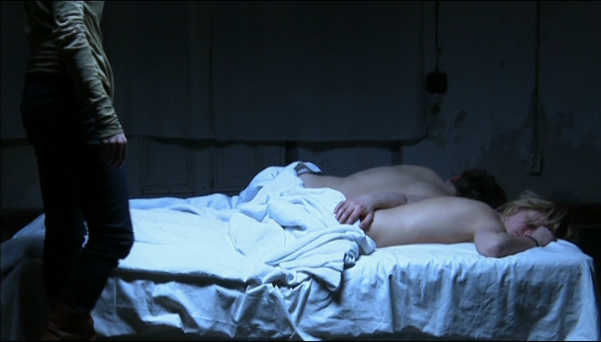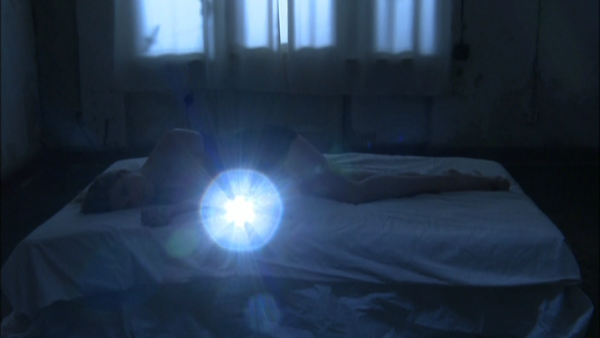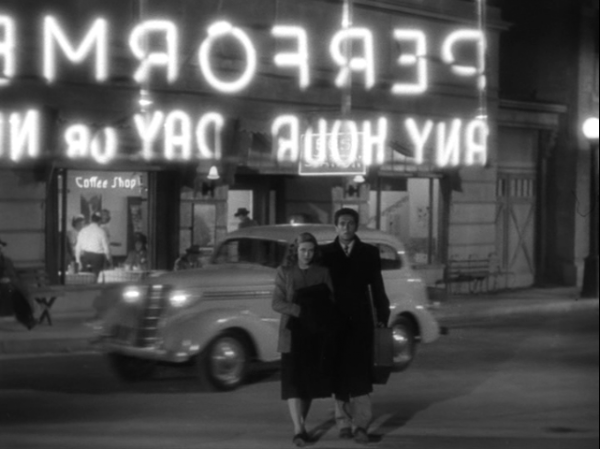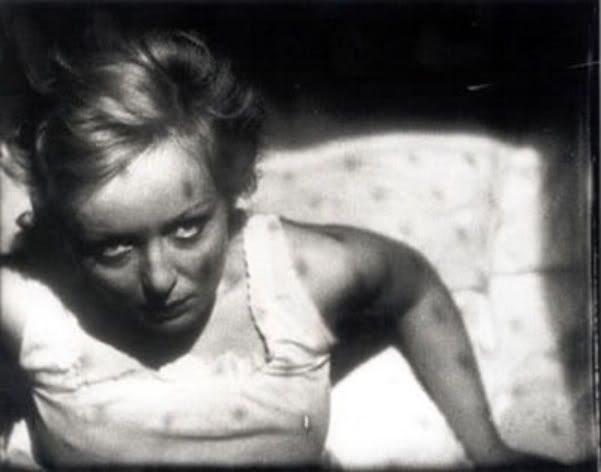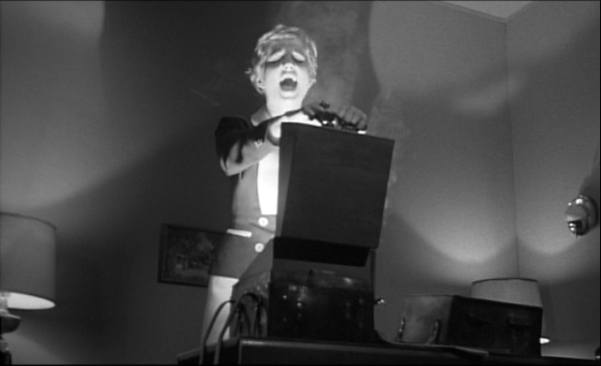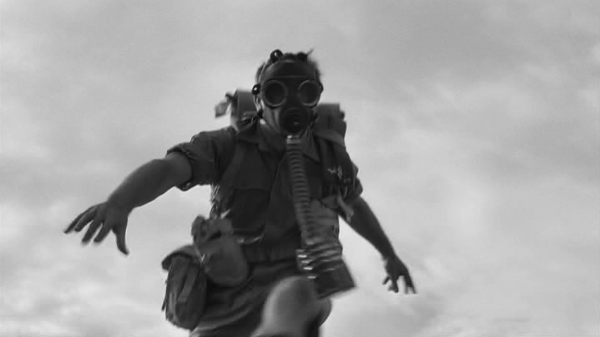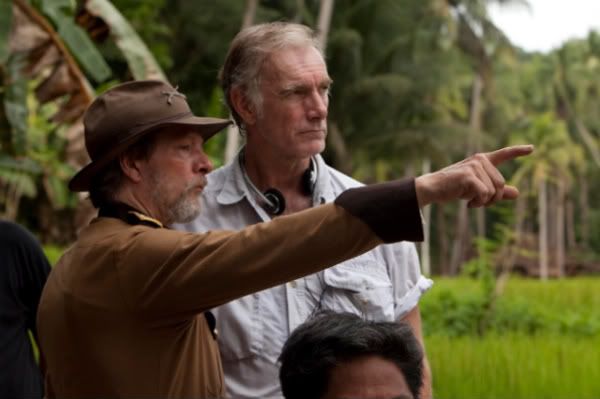 Regarded by many as the godfather of the American independent cinema, John Sayles has always been the chronicler of the little known socio-political injustices in American history. The prolific writer/director/editor/author's latest projects are a 955 page novel, A Moment in the Sun (published by McSweeney's Books), and a self-financed feature film Amigo (his 17th) about the little known turn of the 20th century Philippine-American war. I was fortunate enough to attend a roundtable interview that took place last week.
Regarded by many as the godfather of the American independent cinema, John Sayles has always been the chronicler of the little known socio-political injustices in American history. The prolific writer/director/editor/author's latest projects are a 955 page novel, A Moment in the Sun (published by McSweeney's Books), and a self-financed feature film Amigo (his 17th) about the little known turn of the 20th century Philippine-American war. I was fortunate enough to attend a roundtable interview that took place last week.
Tall and muscular, Sayles gives you the hearty longshoreman vibe in person, but when he speaks, it is instantly clear that he is a gifted storyteller. It was his history professor side (albeit casual) presiding over his students, informing us at great length about this long forgotten, sordid chapter in American history. It turned out we didn't have to ask too many questions. His long answers encompassed everything we wanted to know and much more. As an admirer of his work, it was a captivating experience just to hear him speak. But the 45 minute interview felt way too short.
The following interview has been edited for structure, but not content.
So what prompted you to make a film about the Philippine-American war?
It started years ago when I was doing research for a novel I wrote called Los Gusanos which is about a long history between the US and Cuba and the Philippine-American War was mentioned somewhere. Even though I had many relatives and acquaintances living in the Philippines, I've never heard anyone mentioning it before. Then I asked many of my Filipino- American friends about this and they had no idea either. They were taught that the Philippines were occupied by Spain for 300 years and the Spaniards sold the country to the US for 200 million dollars, leaving out the fact that they had the Philippine Republic, they fought for their independence and there were half of a million to a million people killed during the struggle. I got suspicious about how this history disappeared and why, in both countries.
So what it led to me is this fascinating turning point (it's the crux of my new novel A Moment in the Sun, which came out a couple of month ago), of not so much in switching how we behaved but how we thought of ourselves: we went from people who thought, "Okay we are the champions of liberty. We are down there in Cuba and we are helping the Cuban people to overthrow this nasty dago Spanish Imperialists," and only months later, somehow we were saying, "It's great that we are in the Philippines killing Filipinos to take over the country, that we are proud card carrying Imperialists".
But if the issue was in Cuba, why go to the Philippines?
That was the question a lot of these soldiers had. When they got on the boat, they were thinking that they would be killing Spaniards. 'Where are the Philippines?" "Why am I here?" "Who are our enemies?" What happened was, the US declared war on Spain and it was one of the few wars that the younger generation was more gung-ho about it than the war weary older generation was. They grew up listening to their gramps and dads about the Civil War and their heroics. And these awful people were doing awful things and for them it was a perfect opportunity to prove themselves that they are as tough as their fathers. Most of the forces who were sent to Cuba (which lasted only a couple of weeks) and the first part of the Philippines excursion forces were volunteers. They didn't know where Guam, Puerto Rico or the Philippines were, only a quarter of those troops even got to Cuba. It was over pretty quickly and they were diverted to other Spanish colonies.
In Washington, the Expansionists and Imperialists were saying, "We need to get in on this world power game. The Philippines are on the way to China. Now we are the world players like the British and everybody else. We are involved in Boxer Rebellion in China and this is what we should be doing."
And the early 1900's were the most racist time in our history. It wasn't only the poor and uneducated people being racist. There were the professors spouting hate, taken from some German philosophers. Eugenics was big. Rudyard Kipling was writing an open letter to Americans saying that it's not just an economic opportunity at hand but it's Every White Christian's Duty to enlighten the savages.
Did you make Amigo knowing that it mirrors the current situation in the Middle East and our involvement?
That's not why I made this movie, but the comparison is quite unavoidable considering that we have been in an invading mode since 1812. Justifications for the wars can change over time, but a lot of it is the same today. It just has to be phrased differently, more politically correct. I didn't have to go out of my way to find something like waterboarding, (back then it was called 'water cure') or the phrase 'winning hearts and minds' which are all in this movie. Water cure was mentioned in the congressional record during this war and 'hearts and minds' traces back to Teddy Roosevelt.
My interests lie in what these American soldiers were thinking. Some of them just wanted to kill them n***ers or "googoos" (as the Filipinos were called at the time), some were wondering why they were there and wanted to go home, some sought cheap drinks and easy women in the exotic environment, all the while trying to figure out if this smiling amigo is a good amigo or a bad amigo. On the Filipinos side, many were like the mayor (played by Joel Torre) in the film who was caught between the American forces and the Filipino rebels. They had to decide if they want to be seen as a traitor or a patriot. The same story can work under the Nazi occupation of France, or the French occupation of Algeria or the French/Japanese/American occupation of Vietnam. The story of the Mayor of San Isidro is a universal one, just a different location.
How did you narrow it all down to Amigo?
It evolved from the script I wrote about 15 years ago based off of all the research I've done, called Sometime in the Sun. It takes place in North Carolina, Cuba and the Philippines. For a two-hour movie it was just too ambitious. Then about 7 years ago I said to myself, 'why don't I just expand it in to a novel?' So I started writing A Moment in the Sun. I went back to the Philippines to do more research and my editing associate Mario Ontal introduced me to the film industry there and to Joel Torre, who is one of the biggest names in Filipino movies. I knew that the film industry there was big since the Roger Corman days but I was very encouraged by the scale of some of Joel's movies with the moderate budget. With all the money I made working in Hollywood, I saw the possibility to do a movie entirely shot and edited in the Philippines. We also shot the movie on the Red camera.
Was it a conscious decision to shoot in digital?
It was an economically conscious decision. I shot the last couple of my movies on Super 16 to save money but digital technology is way better now than when it first came out. Prior to the shoot, I had a long discussion with my cinematographer Lee Meily on what it can do and what it can't. She had a lot of experience with digital cameras before and knew exactly what to do with it.
They've got good pool of talents there so the most of the cast and crew were Filipinos. We only brought a sound team from the States, since they don't use sync sound in the Philippines. Also, the movie had to be on a village level. We shot everything in one-mile radius in an island called Negro (where Torre and Ontal are from), doubling as a small village in Luzon (the main island). We bought the villagers' crops and used many of them as extras while Joel played ambassador role to the village. The only problem we had was great abundance of fighting cocks there crowing day and night. We had to relocate them for the shoot.
There is a cockfight scene in the movie. Were any of them hurt?
No. We used rubber instead of real metal spikes they usually put on those fighting cocks. They were merely 'sparring'.
Where did you base your characters on?
Chris (Cooper)'s character was based on someone very specific named 'Hell Roaring Jake Smith' who was famous for telling his subordinates, "I want you to make this place howling wilderness. The more you kill and burn, the more you will please me. And I want you to kill every one out of ten Filipinos who are capable of carrying arms," which meant anybody older than 10. So yes, we had some hard-ass characters like the Colonel who had bullet in his hip from the Civil War who were useful in that kind of military operation. The Mayor is based on hundreds of other mayors that I read about, who got killed by one side or the other. Garret Dillahunt's character (Lt. Compton) is very much based on the soldiers' letters to home, who might have liked the army life but had very mixed feelings about their mission. Garret asked me about the character. He asked if he could play a character who likes being in charge but doesn't really know where to lead them.
While you were down there and saw the possibility of doing things more economically, did you think about doing another Filipino movie?
With grand houses from the remnants of the old aristocracy in the tropical climate, I kept thinking Faulkner. It's very much like Georgia in the 30s with sugar canes instead of cotton. Maybe a Faulkner with all Filipino cast?
You write, direct and edit your own movies. Can you tell me how you maintain your objectivity to the materials?
I write books too. I write first, second and third draft. I also write scripts for other people to afford what I do, more often than not while working on my stuff at the same time. Frankly, I forget what I've done so quickly. I say, "What's this about? Oh Spanish civil war? 1930s? Okay here I am." (Everyone laughs) It's the same with the footage. Yes I do recognize what I shot. But I get objective pretty quickly. The other thing is I've always had this attitude that "here is your new universe. I don't care what you wrote. Here is what people did today (on set). You got 2 angles instead of 5? Let's find another way to tell the story."
How is Amigo being distributed?
The supportive mid-90s to early 2000 independent film environment doesn't exist anymore. Even the movies with big names don't get distributed and go directly to video. They don't want to take the gamble with dramas. It's either comedies or comic book superhero movies. The 30 plus weeks in the theater days are over. It's all about opening weekend where they recoup the money and the 2-3 weeks run at best. For smaller movies, studios can't take their chances. Even if they do put up the money to make it, they ask you to spend your money for the promotion and distribution. So I'm going back to what I did with couple of my first films. I made 12 prints of the film (10 on film and 2 digital) and hit 12 mainstream theaters throughout the country where there are large Filipino-American population. If it does well, then we will make more prints and art house theaters distribution will follow.
What are you working on right now?
I've worked on the script for the story of Julius and Ethel Rosenberg where they were accused of espionage and got executed in the 50's. I got to meet their sons and everything. I'm writing a lot for other people. Let's see, there is a script about Sacha Litvinenko, the Russian spy who was poisoned with polonium, adapting a book, Girls like Us about Carol King, Joni Mitchell and Carley Simon. There is a script about Spanish Civil War funded by an independent company but I don't know it is happening now. I was recently working on the script from the first 45 pages of the autobiography of Anthony Kiedis, which HBO stalled. There was a very nice miniseries treatment for Louis Armstrong that Charles Dutton was going to direct, but that also fell through. I'm writing one for myself about penal colony in Tasmania in the 1820s, who knows?
Amigo is distributed by Variance Films and opens in selected cities on August 19th. Please visit Variance Films website for more information.

